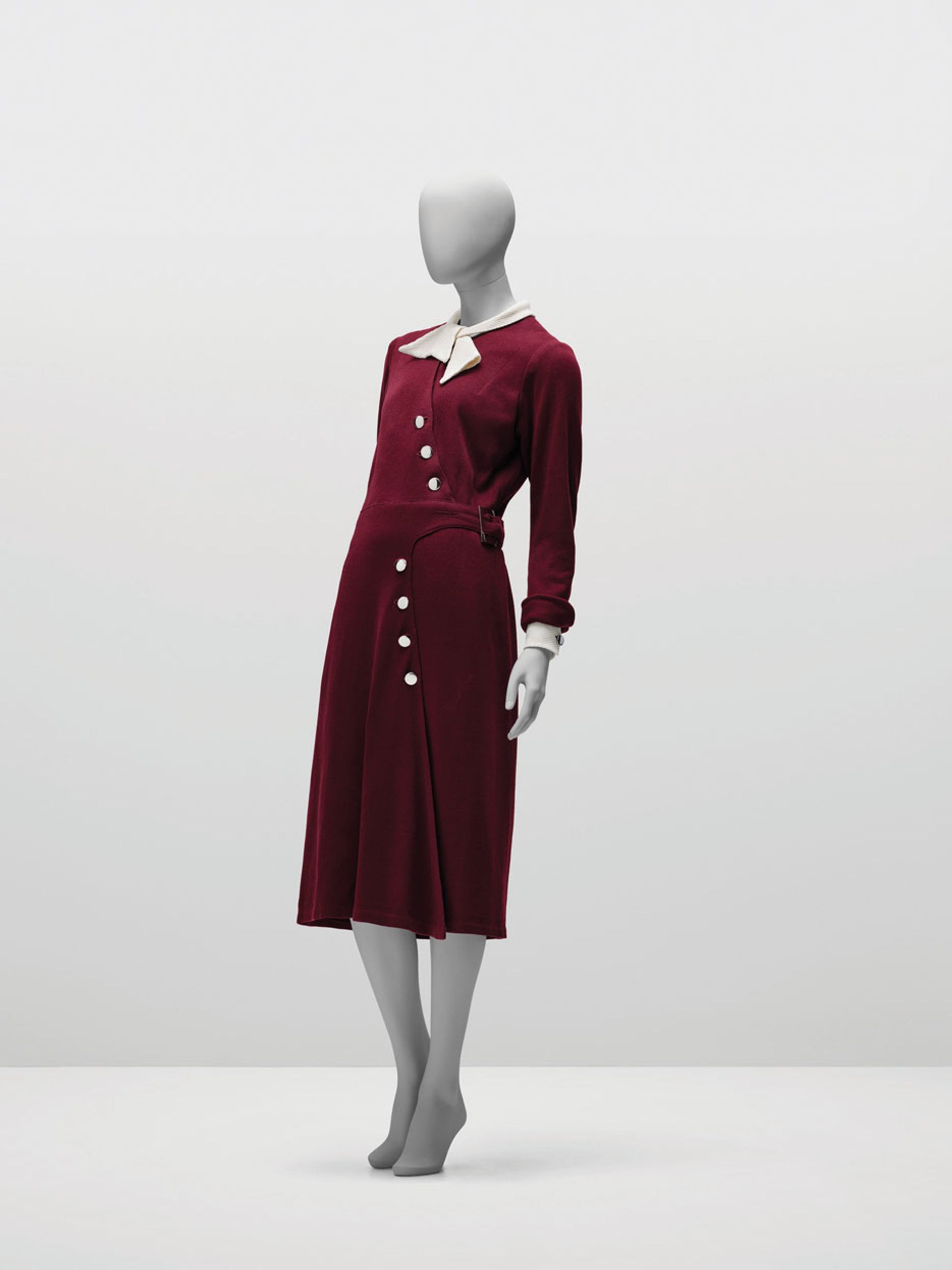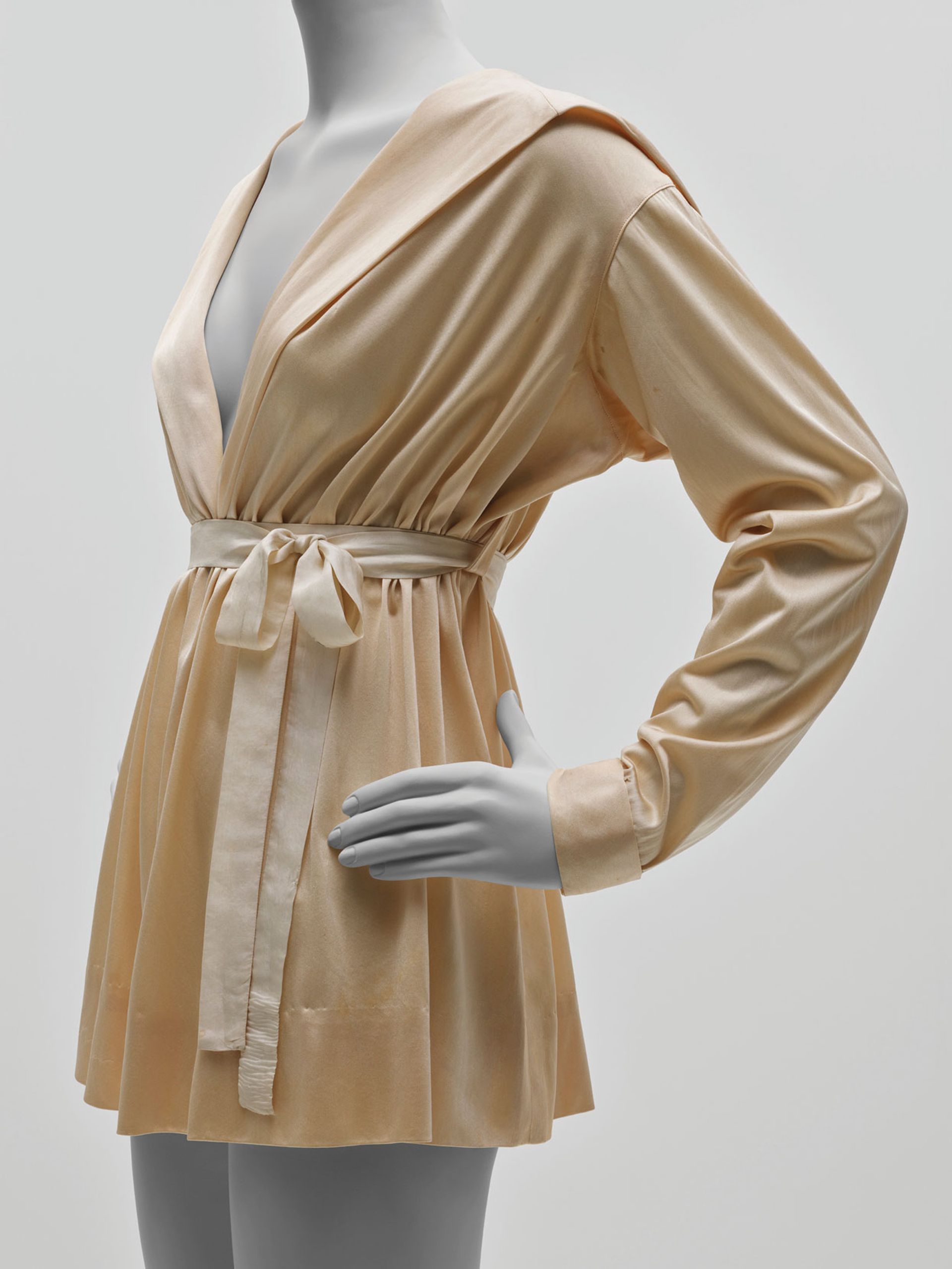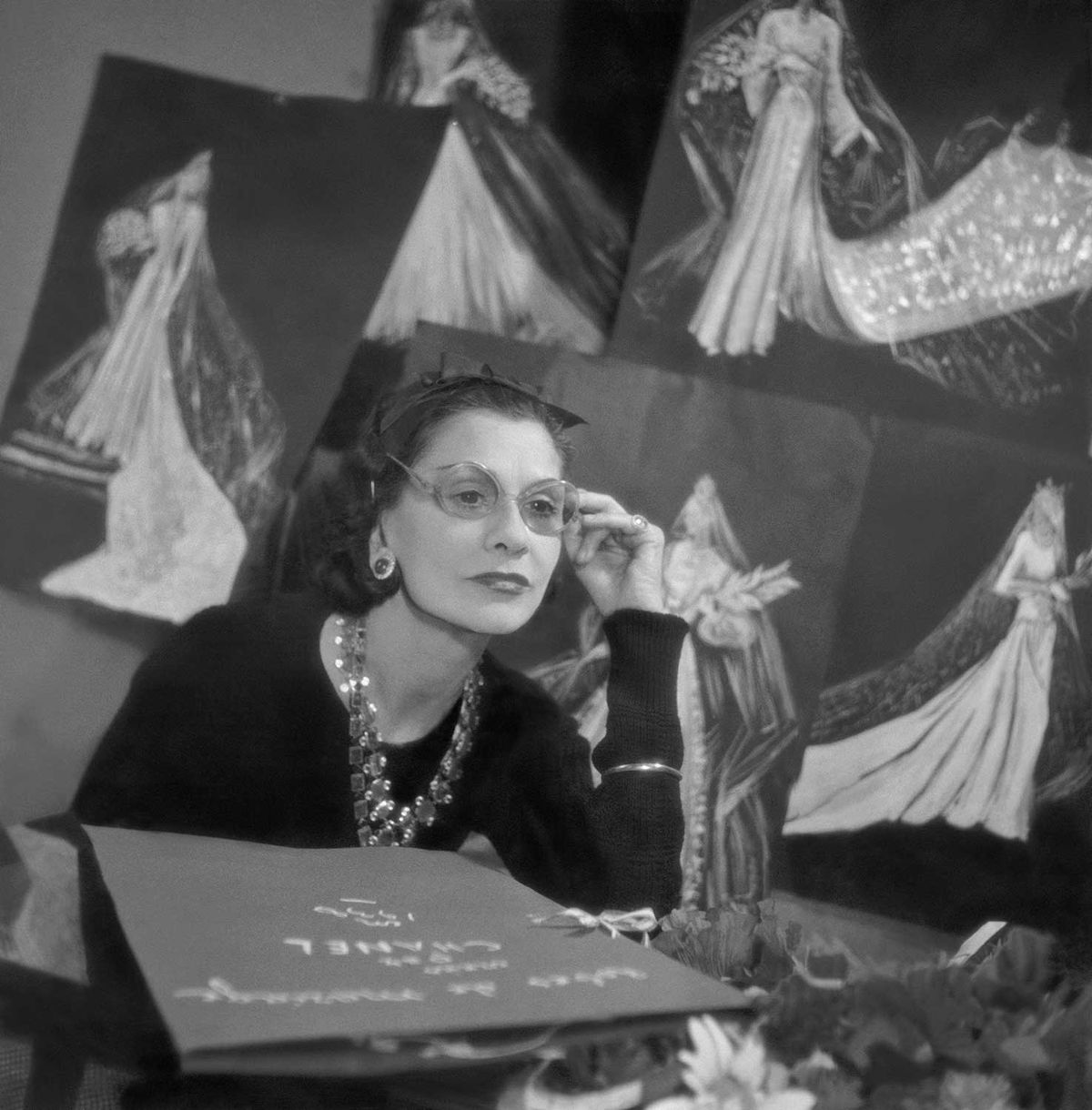The Victoria and Albert Museum (V&A) in London is about to complete a fashion trifecta. After exhibitions on Cristóbal Balenciaga in 2017 and Christian Dior in 2019, the curators have returned to the subject of style with a focus on the doyenne of 20th-century European couture, Gabrielle “Coco” Chanel (1883-1971).
Gabrielle Chanel: Fashion Manifesto travels from the Palais Galliera in Paris, but promises to reimagine the exhibition for a London audience. This includes a section dedicated to Chanel’s work in the UK and her engagement with its heritage. “There’s lots of new information here that hasn’t been published before,” says Oriole Cullen, the museum’s curator of modern textiles and fashion. For example, “the fact that she had her own factory in Huddersfield—a British Chanel limited company,” she says.
According to the exhibition’s organisers, and somewhat surprisingly, this will be only the third major Chanel exhibition worldwide, after the Palais Galliera’s show and the Metropolitan Museum of Art’s 2005 survey (which was also the theme of its famous Met Gala). All three exhibitions were facilitated by the fashion house.

A 1935 dress by Gabrielle Chanel © Palais Galliera, Paris / Photo: Nicholas Alan Cope
Of the 200 pieces in the London exhibition, 120 are from outside the V&A’s collection, having been corralled from the Chanel archives, private collections and institutions such as the Derby Museums in the UK and the Met and the Indianapolis Museum of Art Galleries at Newfields in the US. It is testament to the V&A’s reputation as a powerhouse of fashion and costume research that so many fragile pieces—many more than a century old—have been allowed to travel for the show.
However, the London exhibition differs from its New York predecessor in a major way. There will be no focus on the fashion house’s story after Chanel’s death, most notably the decades when Karl Lagerfeld was at the helm. This leaves the spotlight fully on Chanel as a person, including the objectionable parts of her biography. Curators at the Palais Galliera explained away a refusal to properly address Chanel’s dealings with the Nazis by arguing a curatorial focus on her design. “We chose to focus on the work of the seamstress who became one of the most influential fashion designers of the 20th century,” the museum’s director Miren Arzalluz told W Magazine in September 2020.
Cullen says she cannot reveal too much ahead of the show, but what she will say is that the curators have gone into the archives, picking up primary sources from a “broad perspective” to explore this dark period of Chanel’s personal history. The designer’s antisemitism, relationship with a high-ranking Nazi officer and allegations that she was an intelligence operative for the Nazis were brought to wider attention by Hal Vaughan in his 2011 book Sleeping with the Enemy.

Chanel's Marinière Blouse made for Spring/Summer 1916 © CHANEL / Photo: Nicholas Alan Cope
From 1939 to 1954, the House of Chanel remained closed; at first because of the war and then, later, due to Chanel’s exile from Paris following its liberation from the Nazis. On either side of this, the show explores the development of the Chanel style. It considers what Chanel meant for fashion when she burst onto the scene in 1910—upending a century of fastenings, buttons, sashes, belts, underpinnings and corsetry with simple, active and menswear-inspired design—and how that style developed once the house returned and Dior’s opulent, feminine New Look swept Europe.
Highlights will include an exploration of the designer’s hand in creating the “Little Black Dress”, how she made tweed cool again, and an exploration of her work for stage and screen including the Ballets Russes. For Cullen, it was particularly heady to finally set her eyes on “a very minimal, very simple 1916 silk jersey tunic”, which will be the first garment in the show. “It’s quite incredible to see that first of all it survives and it’s in wonderful condition—but also it’s quite amazing to think that something designed within that period of time can look so fresh today”.
• Gabrielle Chanel: Fashion Manifesto, Victoria and Albert Museum, London, 16 September-25 February 2024


